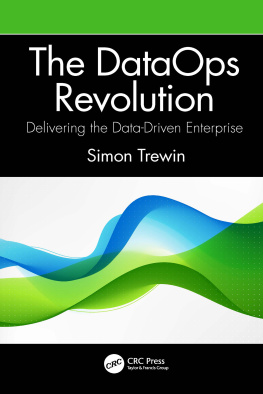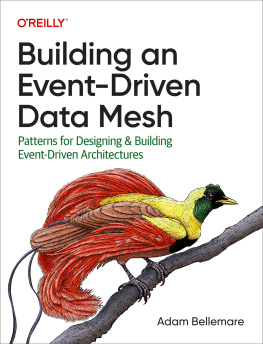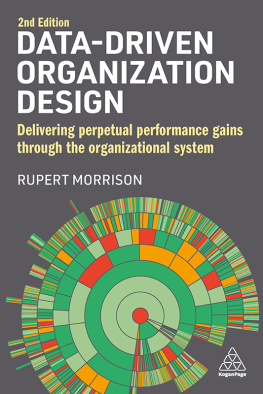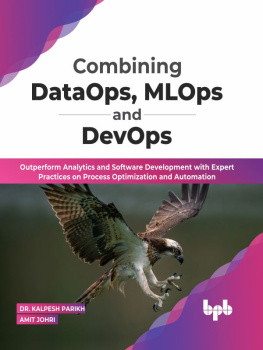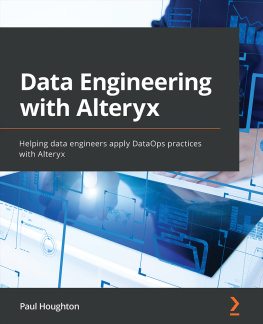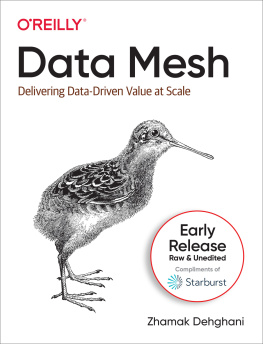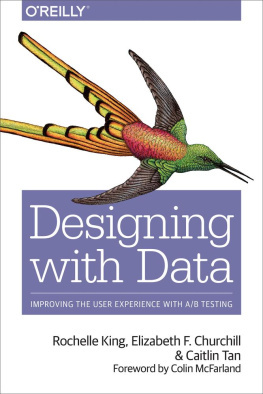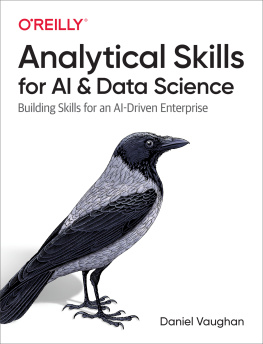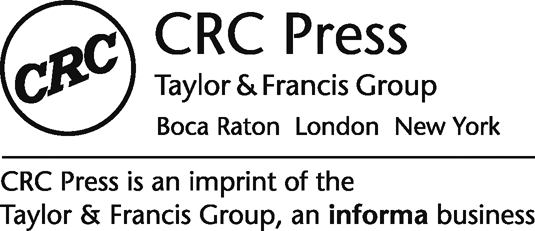Simon Trewin - The DataOps Revolution: Delivering the Data-Driven Enterprise
Here you can read online Simon Trewin - The DataOps Revolution: Delivering the Data-Driven Enterprise full text of the book (entire story) in english for free. Download pdf and epub, get meaning, cover and reviews about this ebook. City: Boca Raton, year: 2021, publisher: CRC Press/Auerbach, genre: Computer. Description of the work, (preface) as well as reviews are available. Best literature library LitArk.com created for fans of good reading and offers a wide selection of genres:
Romance novel
Science fiction
Adventure
Detective
Science
History
Home and family
Prose
Art
Politics
Computer
Non-fiction
Religion
Business
Children
Humor
Choose a favorite category and find really read worthwhile books. Enjoy immersion in the world of imagination, feel the emotions of the characters or learn something new for yourself, make an fascinating discovery.
- Book:The DataOps Revolution: Delivering the Data-Driven Enterprise
- Author:
- Publisher:CRC Press/Auerbach
- Genre:
- Year:2021
- City:Boca Raton
- Rating:5 / 5
- Favourites:Add to favourites
- Your mark:
The DataOps Revolution: Delivering the Data-Driven Enterprise: summary, description and annotation
We offer to read an annotation, description, summary or preface (depends on what the author of the book "The DataOps Revolution: Delivering the Data-Driven Enterprise" wrote himself). If you haven't found the necessary information about the book — write in the comments, we will try to find it.
DataOps is a new way of delivering data and analytics that is proven to get results. It enables IT and users to collaborate in the delivery of solutions that help organisations to embrace a data-driven culture. The DataOps Revolution: Delivering the Data-Driven Enterprise is a narrative about real world issues involved in using DataOps to make data-driven decisions in modern organisations. The book is built around real delivery examples based on the authors own experience and lays out principles and a methodology for business success using DataOps. Presenting practical design patterns and DataOps approaches, the book shows how DataOps projects are run and presents the benefits of using DataOps to implement data solutions.
Best practices are introduced in this book through the telling of a story, which relates how a lead manager must find a way through complexity to turn an organisation around. This narrative vividly illustrates DataOps in action, enabling readers to incorporate best practices into everyday projects. The book tells the story of an embattled CIO who turns to a new and untested project manager charged with a wide remit to roll out DataOps techniques to an entire organisation. It illustrates a different approach to addressing the challenges in bridging the gap between IT and the business.
The approach presented in this story lines up to the six IMPACT pillars of the DataOps model that Kinaesis (www.kinaesis.com) has been using through its consultants to deliver successful projects and turn around failing deliveries. The pillars help to organise thinking and structure an approach to project delivery. The pillars are broken down and translated into steps that can be applied to real-world projects that can deliver satisfaction and fulfillment to customers and project team members.
Simon Trewin: author's other books
Who wrote The DataOps Revolution: Delivering the Data-Driven Enterprise? Find out the surname, the name of the author of the book and a list of all author's works by series.

